Engineering is at the root of many of man's greatest achievements, from the complex communications systems that connect us, to the rocket-powered vehicles that propel us to the stars. But when engineering fails, the consequences can be severe, often resulting in the loss of human life. Here, we take a look back at six disasters from the archives of The Engineer, providing a reminder of just how high the stakes can be for engineering.
September 1865: The failure of the Atlantic Telegraph Cable
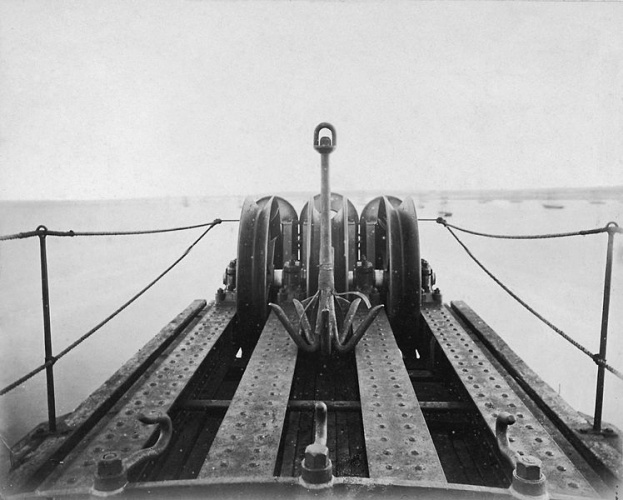
In comparison to some of the other entries in this series, this registers more as an engineering inconvenience rather than a disaster. The cable was laid across the Atlantic by none other than Brunel's Great Eastern, refitted expressly for the purpose. But problems confounded the engineers on board, as well as our Victorian predecessors, who claimed that "The cable was bewitched,’ and that 'there was no knowing where a fresh fault would appear."
READ THE ENGINEER'S ARCHIVE REVISIT HERE
May 1912: The Titanic Inquiry

Perhaps the greatest disaster of them all, and one which resulted in the death of more than 1,500 people. The ship had of course sank the previous month, and The Engineer reported on the US Senate-led inquiry in May 1912. There is an interesting discussion on the importance of engineering factors in Titanic's fate versus the well-documented shortage of lifeboats.
READ MORE ABOUT THE TITANIC INQUIRY HERE
May 1915: The Gretna Rail Disaster
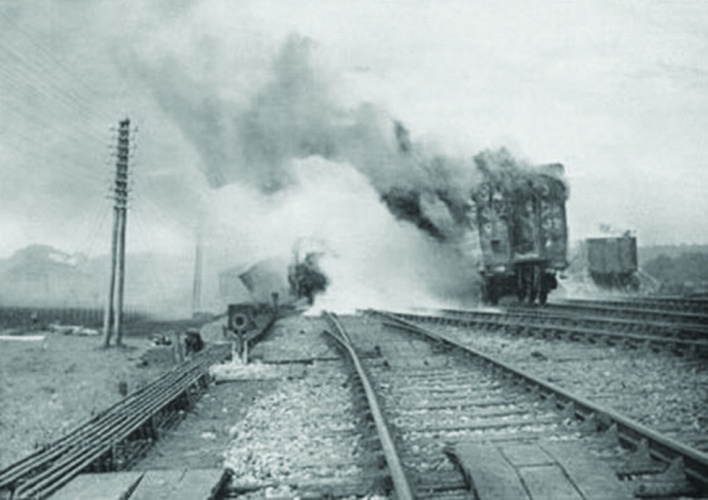
The worst rail disaster in British history, and a tragedy that claimed at least 226 lives, although a definitive number of victims has never been established. In 1915, The Engineer wrote: “There has never been anything like it as regards numbers of casualties in this country or the United States, the total in this accident alone being as many as those killed in the United Kingdom during the last 10 years.”
As is often the case with events of this nature, human error was found the be the primary cause, rather than a specific engineering failure.
READ OUR ARCHIVE COVERAGE HERE
May 1937 – The Hindenburg disaster
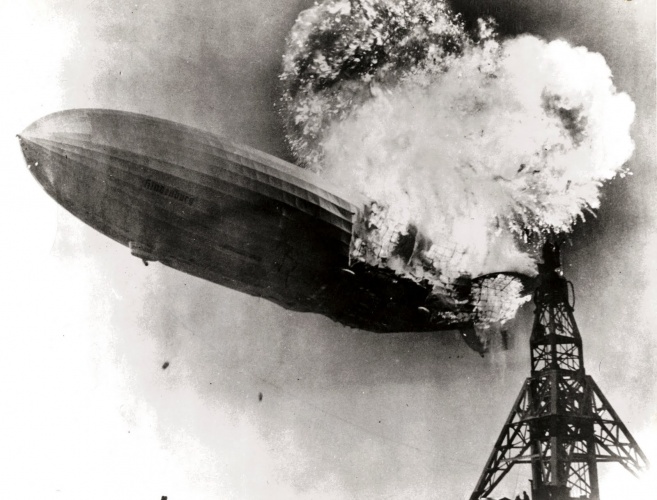
Perhaps only second in infamy to the sinking of the Titanic, the Hindenburg disaster in May 1937 killed 35 of the 97 people on board. The accident, of which the cause was never fully established, signified an end to the age of airships. However, The Engineer at the time believed that the disaster would "not stop the further perfecting of the design by Dr Eckener and his trained staff of workers on the building and operation".
READ OUR REVISIT OF THE HINDENBURG DISASTER HERE
November 1940: The collapse of the Tacoma Narrows bridge
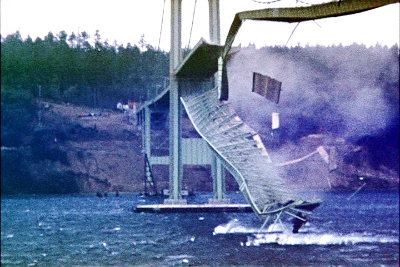
If someone ever makes a TV show called 'When engineering goes bad', video footage of the Galloping Gertie will almost certainly feature heavily in the opening credits. Though several measures were introduced to correct the flaws in the bridge’s design, Gertie shook herself apart in 40mph winds just a few months after her construction was complete. The Engineer's report contains the testimony of a “venturesome reporter” who “when it was first seen to be cracking had the temerity to drive out upon the bridge in his car,” and “only escaped by crawling 500 yards, while the road bed was tipping to an angle of 45 degrees.”
January 1986: The Challenger disaster
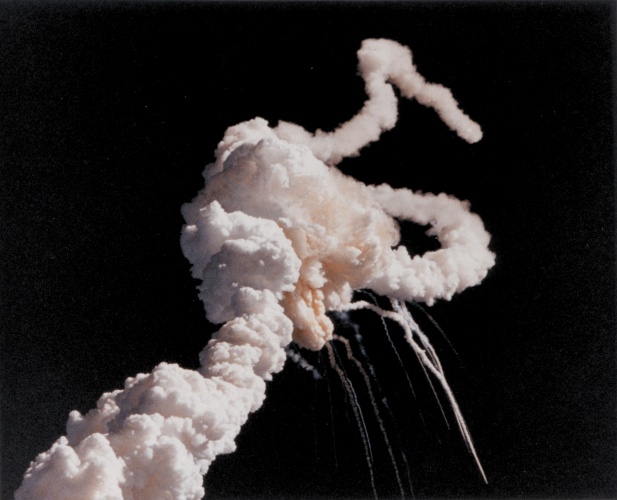
Challenger's breakup 73 seconds into flight was watched live by millions and is one of the defining images of the 1980s. All seven crew members lost their lives, as would also be the case when the Columbia shuttle broke up on re-entry in January 2003. The two shuttle disasters prompted a rethink in spaceflight and crew safety, and an escape system will be incorporated into NASA's next crew vehicles.




Project to investigate hybrid approach to titanium manufacturing
What is this a hybrid of? Superplastic forming tends to be performed slowly as otherwise the behaviour is the hot creep that typifies hot...